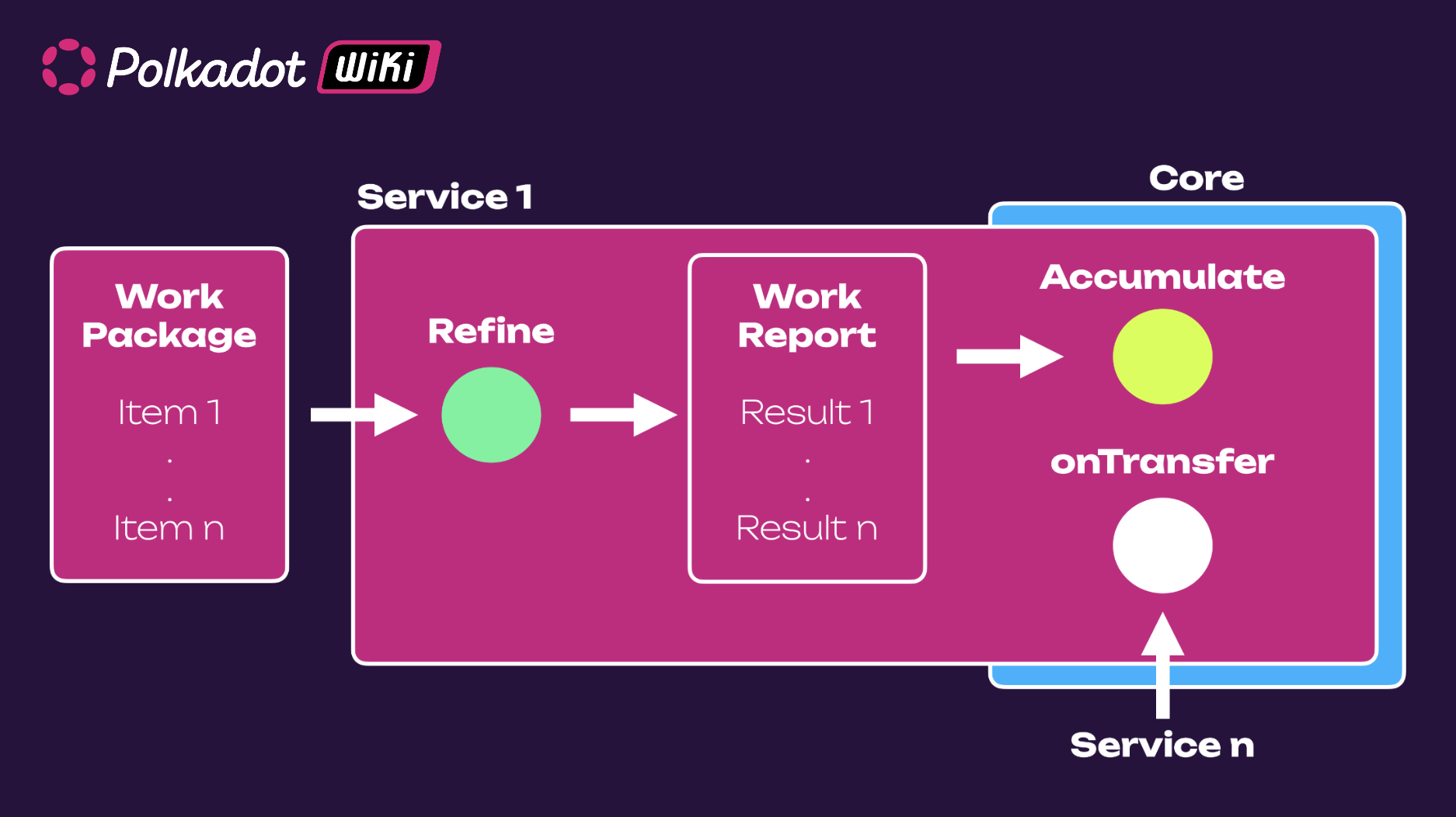Core Advantages of Polkadot's JAM Chain
Overview:
The JAM (Join-Accumulate Machine) is a forward-looking design following the relay chain, initially described by Gavin Wood in an RFC. It emphasizes two primary functions, Join and Accumulate, while Collect and Refine processes occur off-chain. 
Key Advantages:
Unified Upgrade Approach:
JAM will be introduced as a single comprehensive upgrade rather than through iterative changes, allowing for precise control and reducing the frequency of minor upgrades.
Domain-Specific Chain:
JAM focuses on roll-up specific domain issues, leveraging Polkadot’s expertise in creating secure roll-up chains. It integrates computation results from various sources into a shared state, similar to Polkadot's relay chain.
Permissionless Code Execution:
JAM allows for direct, permissionless code execution and service creation, akin to deploying smart contracts. This eliminates the need for governance approval for new services.
Service Structure:
JAM organizes its state into encapsulated services, each including code, balance, and state components. New services can be created without permissions, similar to smart contract deployment on other chains.
Service Entry Points:
- Refine: Handles main stateless computations and defines roll-up transformations.
- Accumulate: Integrates Refine outputs into the service's overall state.
- OnTransfer: Manages interactions with other services.
Security Mechanisms:
JAM employs a two-stage process (Refine and Accumulate) to ensure outputs correctly reflect inputs. External information types like Guarantees, Assurances, Judgments, Preimages, and Tickets bolster its security framework.
Unique Features:
- No Transactions: JAM operates without transactions, allowing for a seamless, permissionless workflow.
- Refine Function: Compresses data significantly, processing up to 15 MB into 90 kB within a 6-second timeframe, supporting efficient data storage and retrieval.
- Accumulate Function: Short execution times for state updates, supporting more complex interactions and state modifications.
- OnTransfer Function: Facilitates asynchronous communication between services, enhancing flexibility and scalability.
Generalization:
JAM aims to provide a higher level of abstraction and generalization, reducing subjectivity compared to Polkadot. It supports permissionless operations and can host data, manage state, and perform efficient computations. Services in JAM have scalable capacities determined by economic factors like DOT tokens.
Overall, JAM presents a novel blockchain concept, integrating various existing ideas into a more generalized and permissionless framework, enhancing the efficiency and scalability of the Polkadot ecosystem.


































